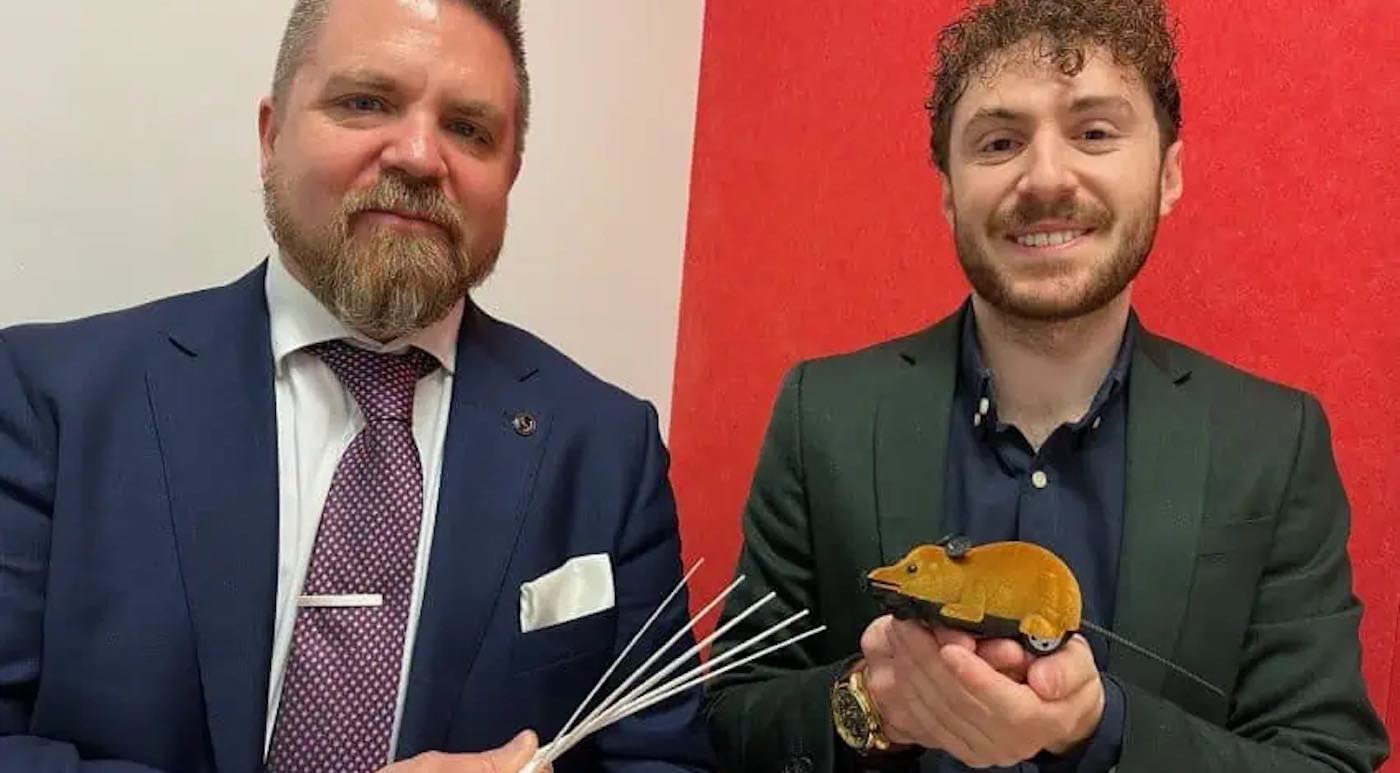
While current autonomous robots utilize rangefinders, cameras, and lasers to navigate, the addition of whiskers could be a cheap addition that prevents some seriously expensive collisions.
Whiskers aren’t only wielded by cats and mice—hundreds of mammals have them, including all non-human primates, and many marine mammals like dugongs and seals.
This biological diffusion can mean only one thing—that whiskers are very useful; and indeed they are, allowing animals who have them to move quietly and better sense the surrounding environment.
Australian engineers have presented a set of 3D-printed whiskers that should allow robots to glean better information about their surroundings, particularly in blind spots, or to assess the weight, shape, and kind of object in their path.
Co-inventor Dr. Russell Brinkworth, Associate Professor in Autonomous Systems at Flinders University, focuses on bringing robots out of the lab and into the real world, and said that he and his team would like to see these whiskers function in a way similar to how our fingertips work.
“These 3D printed sensor whiskers could be fitted at low cost and give robots many useful additional capacities,” he told Cosmos Magazine.
“Every space is different, so giving robots effective tactile sensor systems to map their tasks and ‘visualize’ movement in their range will advance their abilities,” adds Simon Pegoli, a Ph.D. candidate at Flinders University, and lead author on a paper published in Sensors and Actuators A: Physical.
INSPIRATION FROM NATURE: Robot Mimics Human Sense of Touch to Better Sort Through Litter
Using mechanical beam theory, the pair has optimized the whisker shape and attachment mechanism that should keep costs low and utility high. Long and flexible, the whiskers would offer robots working in cluttered spaces like a warehouse receiving or shipping station an invaluable means of detecting the weight and hardness of objects they collide with, as well as potentially preventing a collision in the first place.
As the science of robotics expands and diversifies, animals and their adaptations are routinely used as examples of clever engineering and problem-solving.
MORE ROBOTIC ADVANCES: Italian-Made Exoskeleton Gets Disabled Users Walking and Standing
Previous robots reported on by GNN include a pangolin-inspired rolling robot to deliver medical supplies, a spiraling off-world rover inspired by snakes, and pollinating fairy robots inspired by wind-blown seeds from plants like dandelions.
SHARE This Great Idea To Improve Robots With You Friends…




















